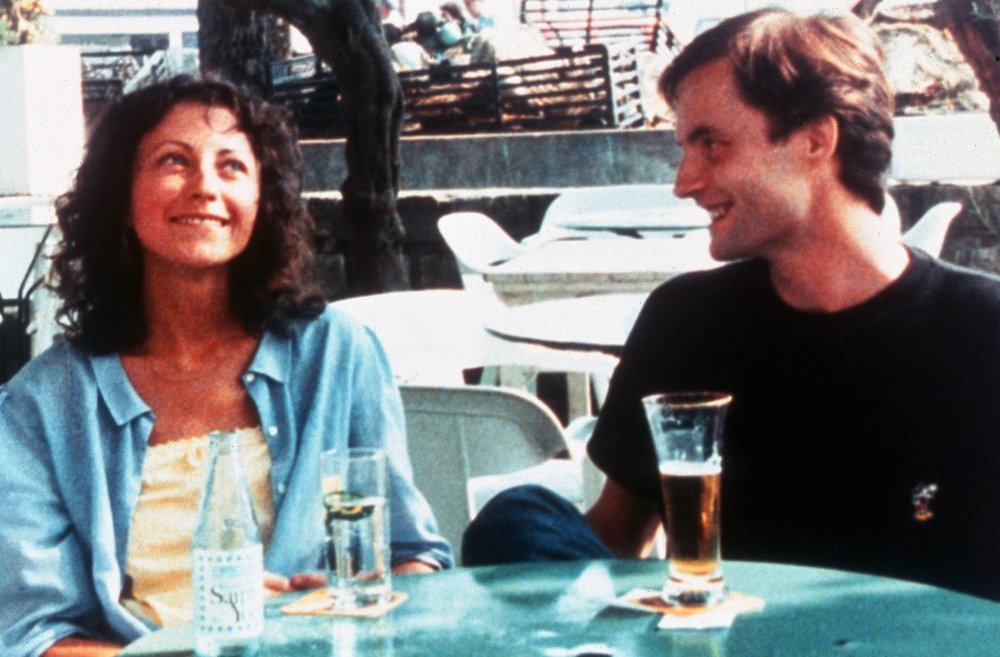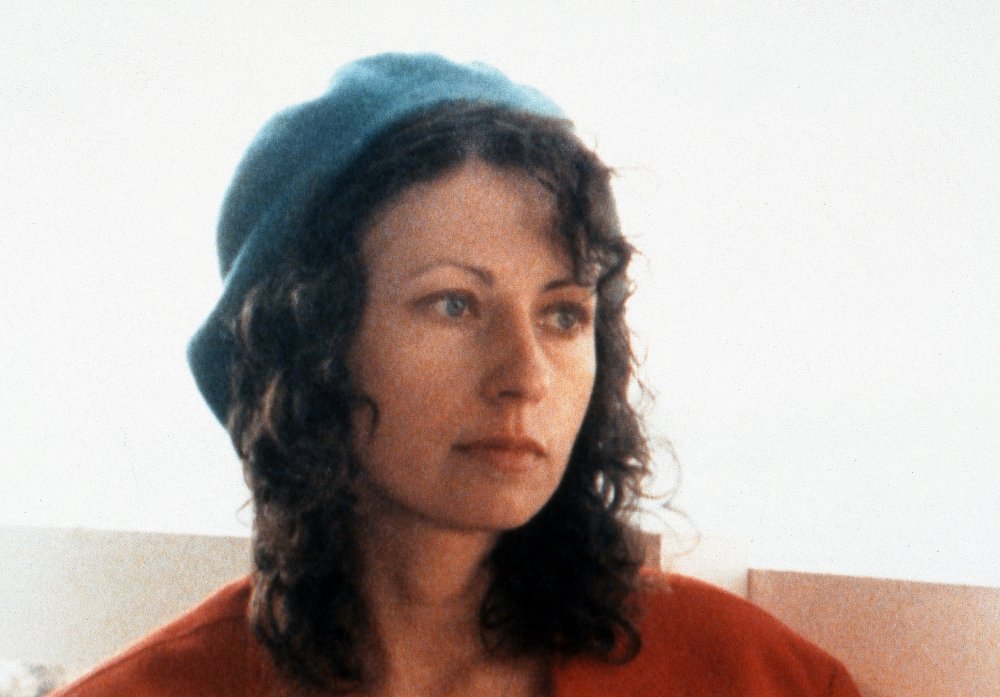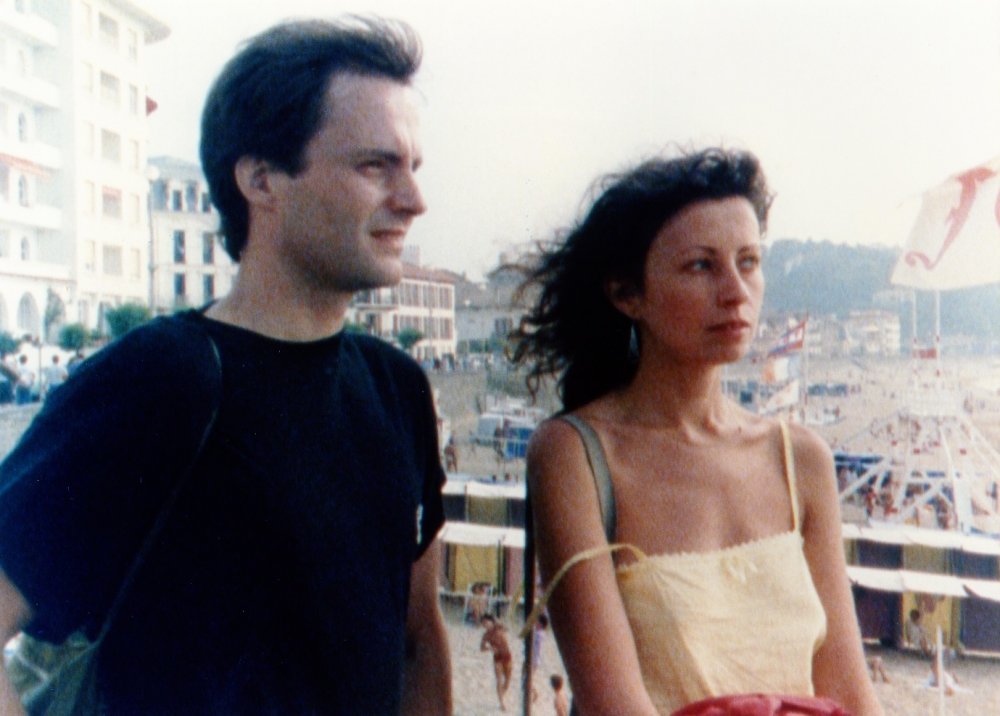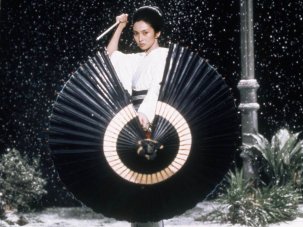The Green Ray is back in cinemas from 2 January.
At least until the recent advent of widely available digital technology, filmmaking was always – and in most instances still remains – a notoriously expensive way of telling a story. That’s why it’s traditionally regarded by many as cumbersome (albeit glamorous) industrial practice rather than as an art form allowing for distinctive personal expression – just look at the end credits for most movies made these days.
So it’s not surprising that improvised narrative features are rare. Nor should we be surprised that improvised movies that are actually any good are even rarer. Improvisation is a tricky business, which is why those directors who have used improvisation – think John Cassavetes or Mike Leigh – have tended to use it only up to the point where they feel they and the actors have got the story and dialogue more or less where they want them. Then they turn what they have into a written script, so that there’s less likelihood of time-consuming errors once the set is decorated and lit and filming starts.
All of which is why Eric Rohmer’s The Green Ray (1986) is such a remarkable achievement. This was a director famous for the near-literary elegance, erudition and wit of his dialogue, not to mention the novelistic attention to subtle plot development, depth of character and telling details of time and place which made his films quite unlike those of anyone else.

The Green Ray (1986)
Here was someone who was always deeply involved in every stage of the creative process: besides writing and directing his films (for his own production company), he also took most of the decisions about the cinematography, the precise locations, the décor, the costumes for his films; and on the rare occasions when his films required contemporary music, he usually had a hand in composing it himself. Even that meticulous pre-planner Alfred Hitchcock (of whose work Rohmer co-wrote a pioneering and influential study) was something of a slacker when compared to the Frenchman.
So for Rohmer to have made a film that was almost totally improvised seems most unlikely. Yet he did it, and managed to do so in such a way that it feels absolutely consistent – in theme, style and quality – with the rest of his work.
How did he manage that? Well, partly because, unlike most filmmakers, he’d never subscribed to the aforementioned notion of filmmaking as an industrial endeavour. For Rohmer, it was always about making exactly the kind of films he wanted to make, so he tended to work very inexpensively, with a tiny crew and cast (usually people he’d known for a while), shooting on location, often on 16mm.

The Green Ray (1986)
This meant that he could leaven his Hitchcockian planning by keeping an open mind for anything of use that might present itself during the shoot. And when he made The Green Ray, he decided that all he and his actress Marie Rivière (who’d already appeared in 1978’s Perceval le Gallois and had a major role in The Aviator’s Wife, 1980) needed to do was to come up with a simple framework for the lead character and the overall narrative – a somewhat picky, even solitary young woman spends the summer trying out different holiday options around France – and off they went, filming improvised scenes with members of Rivière’s family, friends, regulars from Rohmer’s group of young actors, and complete strangers encountered during their travels.
The results of their efforts are engrossing, funny, touching, revealing in all sorts of ways, and – by the very end – quite extraordinarily moving. At the film’s start, we may wonder why Rohmer and Rivière felt that Delphine, the protagonist, was worthy of our attention for an hour and a half. But, by the end, having had a little time to get to know her, to see beyond her ‘ordinariness’, to understand her occasional clouds of loneliness and inability simply to let her hair down, we are likely to feel something for her, as we might for a friend. Rohmer knew from life, and remembered in his films, that each of us, flaws and all, deserves and rewards a little patience and compassion.

The Green Ray (1986)
The strange thing about this particular piece of improvisation is that it feels so real. Of course, it is real, in that it shows what happens when a young actress goes around France for a few weeks and interacts – for the camera, to be sure – with the people she meets.
But it also feels like Rohmer’s fictions. And that’s because he was always a ‘realist’, in the sense that Roberto Rossellini and Jean Renoir (two of his great heroes) were realists: like them, he wanted to show the world as it was. That doesn’t mean simply turning on a camera and filming what’s there. One also has to know what to film and what not to film; to know where, when and especially how and why to film.
Rohmer’s movies are not only concerned with the gaps between desire, thought and action; they also exemplify the best way to close those gaps. He knew precisely what he wanted to do in a film; he thought in detail about how best to achieve that; then he put that desire and thought into practice.
The result: some of the most credible, vividly detailed and vibrantly illuminating portraits of human behaviour in all cinema. You may not, at the end of The Green Ray, fully grasp what you have just seen, but I suspect that, like me, you may never forget it.




